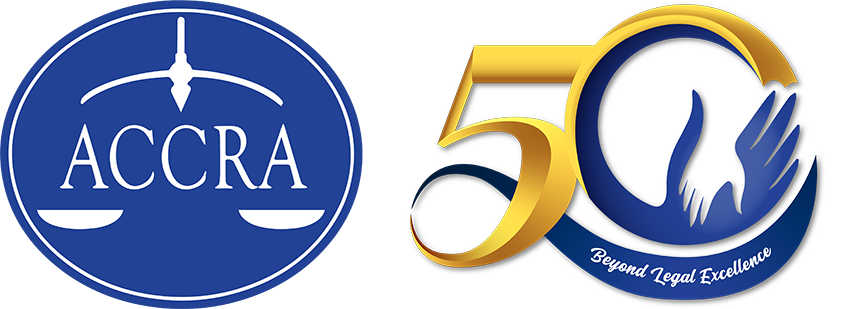WHILE few of us were watching, the House Committee on Ways and Means approved on Aug. 7 the substitute bill for the second package of the Tax Reform for Acceleration and Inclusion (TRAIN), which is now known as the Tax Reform for Attracting Better and High-quality Opportunities, or the TRABAHO Bill, for brevity.
Despite its new moniker, the TRABAHO Bill retains the essential features of the TRAIN 2 package, by primarily cutting down on the country’s high corporate income taxes and streamlining existing incentives being granted to corporations.
The measure consolidated several House Bills on TRAIN, including House Bills 7214 and 7458, which propose different methods of cutting down on corporate income tax rates. House Bill 7214 will cut down corporate income tax rates depending on the annual reduction in incentive expenses in relation to the country’s GDP, under which scheme the corporate income tax can be reduced to as low as 25%. On the other hand, House Bill 7458 will unconditionally decrease corporate income tax by 1% every year, with the end goal of reducing the same to a fixed rate of 20% by 2029. It remains to be seen which of these methods will be approved, but the general consensus appears to be that a reduction in corporate income tax in the following years is necessary.
While the Department of Finance (DoF) generally views the measure as a revenue-neutral proposal, it still intends to offset any perceived losses through the rationalization of existing tax incentives. According to the said agency, the government suffered an estimated loss of potential revenue amounting to P178 billion in the year 2016 alone, due to redundant tax incentives. With the TRABAHO Bill, the agency hopes to limit and realign these incentives to strategically benefit small and medium enterprises and, in turn, generate more job opportunities through said enterprises.
The DoF lays down the premise that of the 915,000 firms registered in 2015, only 2,844 firms were able to avail themselves of tax incentives worth P301 billion. Juxtaposed with the fact that firms with no incentives pay 30% regular corporate income tax, while firms with incentives pay 6% to 13%, and the inequity becomes even more apparent. Thus, by reducing corporate income taxes, these small and medium enterprises, which comprise 32.86% of the national employment rate, stand to benefit the most.
It is worth noting, however, that there have been concerns regarding the TRABAHO Bill’s impact on foreign direct investments. According to the Philippine Ecozones Association, the bill may help boost the domestic market, but at the expense of export-oriented firms which enjoy existing tax incentives. In fact, due to the uncertainty of these existing incentives, registered investment pledges under the Philippine Economic Zone Authority have plunged to P53.067 billion in the first half of this year, which is more than a 50% reduction from last year’s P120.220 billion during the same period.
Ultimately, therefore, the approval of the measure boils down to an age-old question in economics: what cost is this government willing to incur, and for what, or whose benefit?
Perhaps we’ll get our answer this year.




